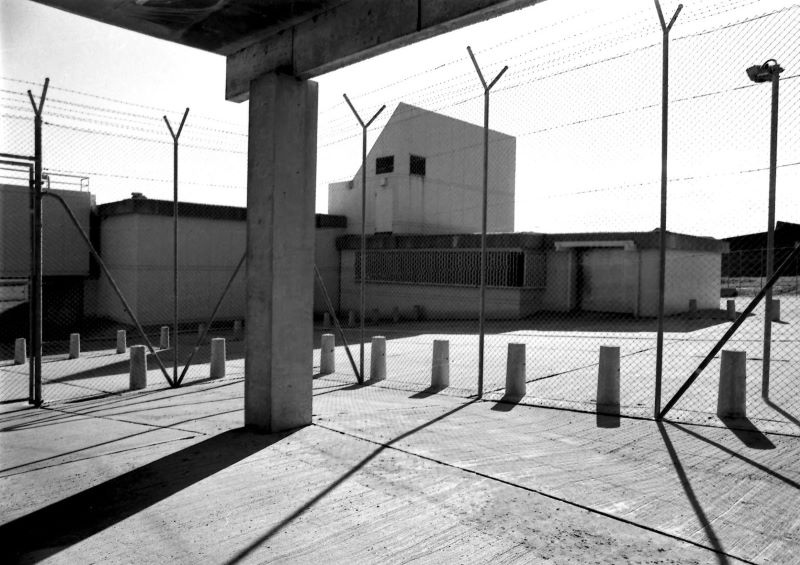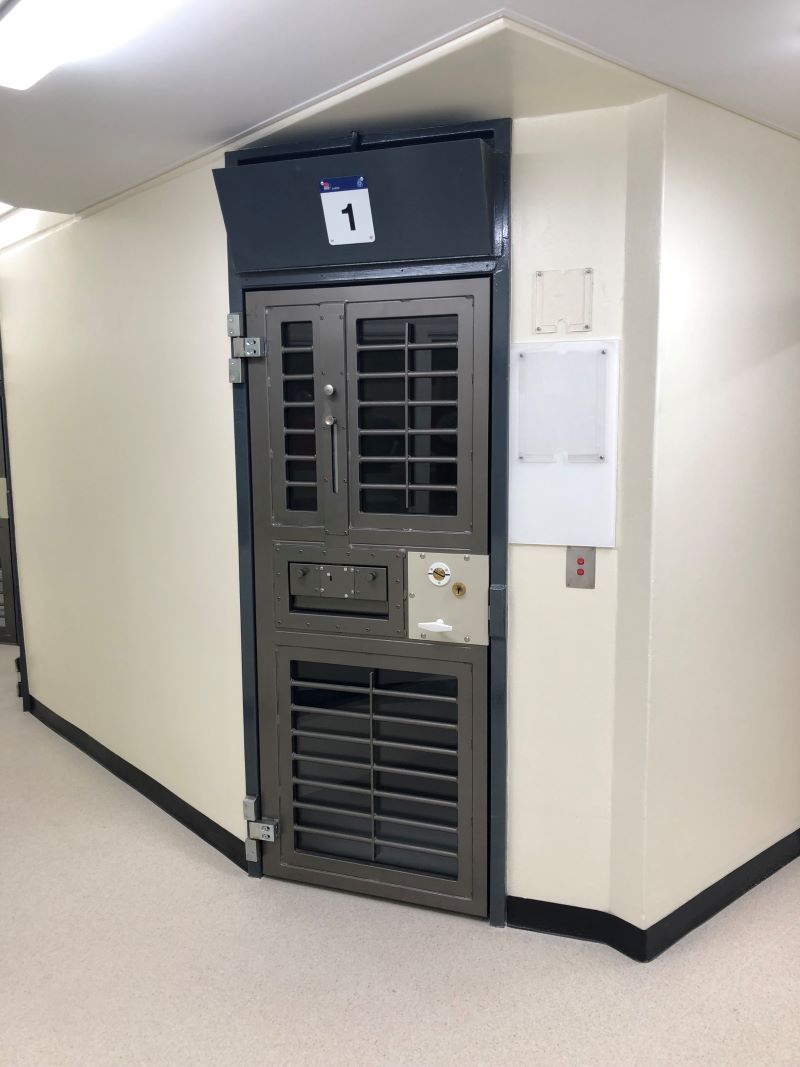Automatic language translation
Our website uses an automatic service to translate our content into different languages. These translations should be used as a guide only. See our Accessibility page for further information.
12 AUGUST 2025
Supermax facilities are designed for inmates considered the most dangerous or disruptive - those who pose serious risks to others. These prisons use extreme security and control, often raising questions about justice, mental health, and human rights.
In 1975, a new maximum-security unit called Katingal opened at Long Bay Prison in Sydney. It was the first ‘supermax’ in NSW. The name ‘Katingal’ comes from an Aboriginal word meaning “separation from social control,” which matched the prison’s purpose: complete isolation.


Katingal had 40 single cells and two outdoor exercise yards. It used advanced technology for its time, like automatic doors and surveillance cameras. But it was also cold and empty, with almost no sunlight or human contact.
Prisoners were kept in small cells, just 1.5 metres wide and slightly over 3 metres long, stacked across two levels. Guards monitored them through peepholes, limiting any sense of human interaction.
“There was no physical contact between the officers and the prisoners at all,” said Russell ‘Mad Dog’ Cox, a well-known inmate.
“You had nothing in the cell; everything was passed to you on the end of a stick. The impact was mental, not physical.”
Even the exercise yards, reserved for prisoners who demonstrated good behaviour, were tightly controlled. They were enclosed in steel mesh, measuring five by nine metres, with bars stretching ten metres overhead.

Katingal’s extreme isolation led to strong criticism. Human rights groups raised concerns, and a government inquiry (the Nagle Report) found serious problems. In 1978, just three years after it opened, Katingal was shut down. It was demolished in 2006.
More than 20 years later, in 2001, a new supermax facility opened at Goulburn Correctional Complex. Known as the High Risk Management Correctional Centre (HRMCC), but more commonly referred to as Goulburn Supermax, it is the most secure prison in NSW.


HRMCC has housed some of Australia’s most notorious inmates, including backpacker killer Ivan Milat, gang leader Bassam Hamzy, and serial rapist Bilal Skaf. But unlike Katingal, this supermax includes some human contact and programs for rehabilitation.
Where security assessments allow, inmates are permitted contact visits with family. If eligible, they can participate in education and rehabilitation programs in accordance with their case plans. The cells are standard size and contain a bed, table, shelves, shower, and toilet. A small television is provided behind a screen. In addition, there is a small rear yard attached to each cell, allowing inmates to exercise in daylight and fresh air as part of their daily routine.

The move from Katingal to HRMCC shows how the prison system has evolved. While Goulburn’s supermax still uses strict security processes and procedures, it also recognises the importance of mental health, dignity, and the chance for change—even for those considered most dangerous. The inmate cohort presents unique challenges, housing individuals affiliated with conflicting Organised Criminal Networks, as well as those with complex behavioural issues.
In 2019, Area 2 of HRMCC was opened as a step-down unit for inmates who have demonstrated a commitment to disengaging from radical or violent behaviour. This area supports gradual reintegration in a secure and controlled environment. The program is currently under review and now encompasses pathways for all inmates in HRMCC, providing a step-down option for those who continue to address their offending behaviour. This assists in preparing inmates for transition back into the general inmate population. There are multiple requirements to facilitate such transition.
A multi-disciplinary committee - including custodial, programs, intelligence, and psychology staff - assesses inmates, reviews their management plans, and makes recommendations about progression or regression between the two areas.
Inmates participate in a three-stage Behaviour Management Program, which is regularly reviewed. They also receive support through psychological services, education, counselling, welfare assistance, and other support services such as the Behavioural Support Unit.
These changes reflect a broader shift in correctional philosophy: from isolation and control to a structured rehabilitation framework, with security remaining paramount given the challenges presented by the dynamic inmate cohort.
Supermax prisons still raise important questions. How do we keep people safe while respecting human rights? What effect does isolation have on mental health? And can even the most high-risk inmates be given a path toward rehabilitation?
These questions don’t have easy answers. But the journey from Katingal to Goulburn shows that the system is learning, adapting, and changing the face of isolation.

Last updated:
We acknowledge Aboriginal people as the First Nations Peoples of NSW and pay our respects to Elders past, present, and future.
Informed by lessons of the past, Department of Communities and Justice is improving how we work with Aboriginal people and communities. We listen and learn from the knowledge, strength and resilience of Stolen Generations Survivors, Aboriginal Elders and Aboriginal communities.
You can access our apology to the Stolen Generations.